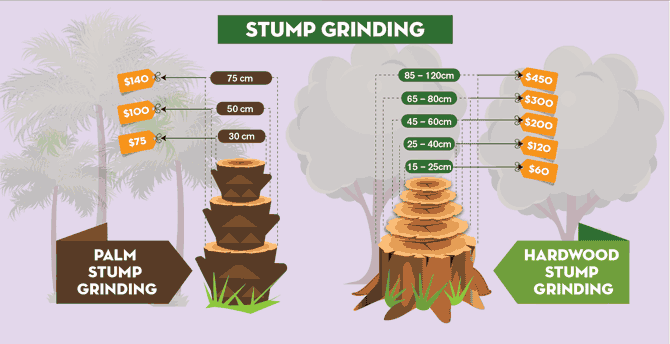Trimming Trees Seasonally: When And Just How To Achieve The Best Development
Trimming Trees Seasonally: When And Just How To Achieve The Best Development
Blog Article
Authored By-Mullen Conner
When it pertains to seasonal tree trimming, timing and technique are critical for your trees' health and wellness and growth. You could be amazed at just how much a simple cut can urge new life. Recognizing when to trim dormant trees versus blooming ones can make all the difference. Yet it's not nearly when; it's also about exactly how you do it. Let's check out the very best techniques to ensure your trees grow.
Understanding the most effective Seasons for Tree Trimming
When's the best time to cut your trees? The answer lies in understanding the seasons. Late wintertime to early spring is often optimal, as trees are still inactive. This timing minimizes tension and advertises much healthier growth when they awaken.
However, if you're handling flowering trees, take into consideration cutting right after their blossoms fade. This ensures you will not cut off next year's blossoms.
In summer, light cutting can aid maintain shape and get rid of any kind of dead or unhealthy branches. Prevent heavy trimming during autumn, as trees are getting ready for dormancy and might have a hard time to heal.
Eventually, recognizing your tree species and local environment will direct your cutting routine. Choose sensibly, and your trees will thrive beautifully year-round.
Vital Pruning Techniques for Healthy And Balanced Trees
Trimming your trees effectively is essential for their wellness and durability. Start by using clean, sharp devices to make accurate cuts, which helps protect against damages and illness.
Focus on removing dead, damaged, or going across branches first; this motivates much better air movement and sunshine penetration. When cutting, aim for an angle that advertises healing and reduces the risk of rot. Constantly prune simply outside the branch collar, the inflamed area where the branch meets the trunk, to enhance recovery.
For young trees, form them by selectively trimming to establish a solid framework. Finally, stay clear of over-pruning; getting rid of way too much vegetation can worry your tree.
Common Mistakes to Avoid When Pruning
Lots of property owners make important mistakes while trimming their trees, which can result in long-lasting damages.
One typical error is over-pruning, where you get rid of way too many branches at the same time. This can stress the tree and hinder its growth.
One more error is utilizing boring tools; sharp, clean tools make cleaner cuts that heal quicker.
Don't forget to trim at the incorrect season; winter months is usually best for several species, while summer season is suitable for others.
Also, prevent reducing straight from the source near the trunk or leaving stubs, as both can invite insects and diseases.
Lastly, falling short to go back and evaluate the tree's general form can lead to irregular growth.
Maintain these mistakes in mind for much healthier, flourishing trees!
Conclusion
In conclusion, seasonal tree trimming is essential for your trees' wellness and development. By trimming at browse around here -- late winter for inactive trees and right after blooms for flowering varieties-- you'll encourage vibrant vegetation and blossoms. Bear in mind to use clean, sharp tools and adhere to correct strategies to prevent damage. Prevent hefty pruning in the fall and stay clear of usual blunders. With these tips in mind, you'll keep your trees flourishing throughout the year!
